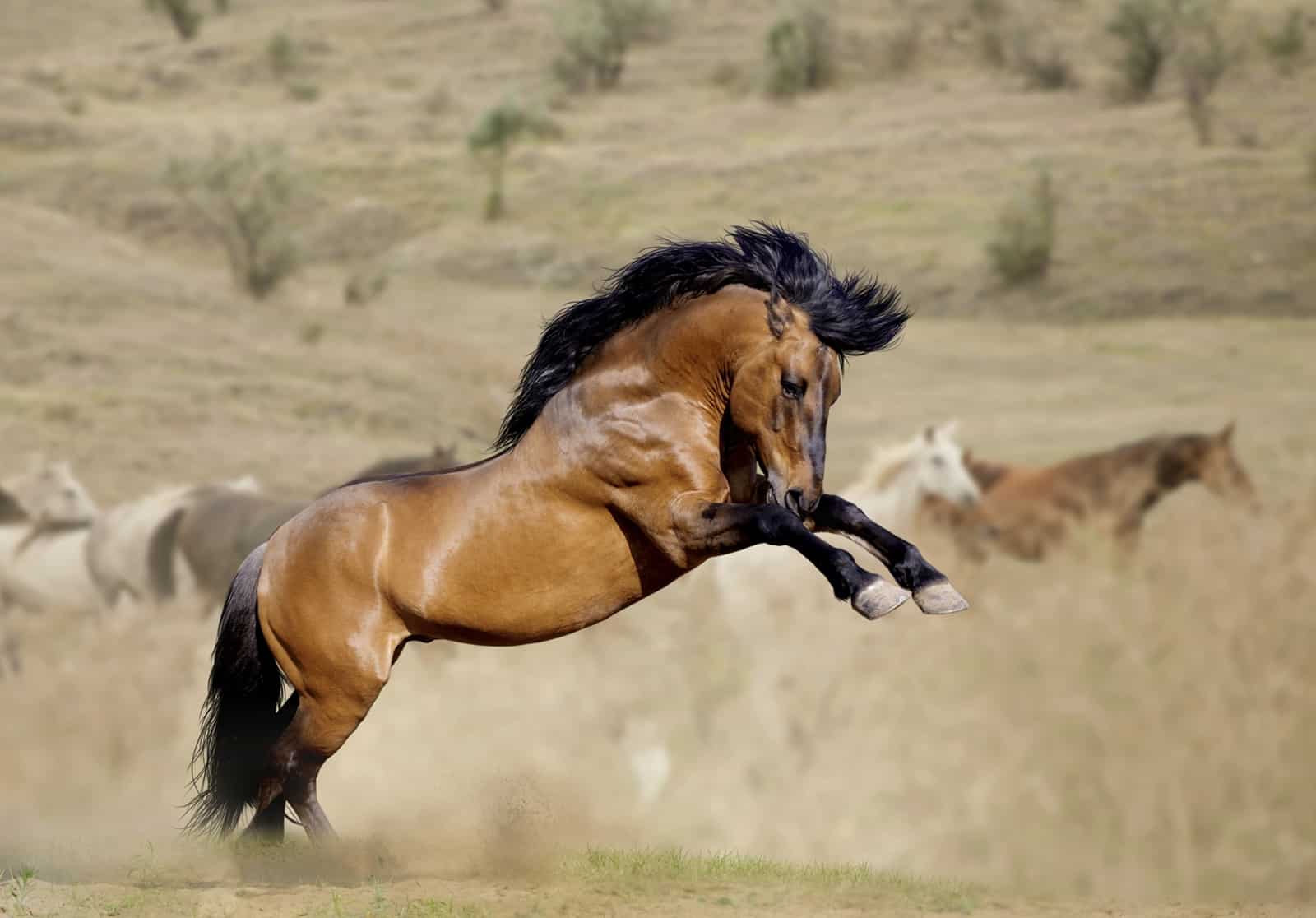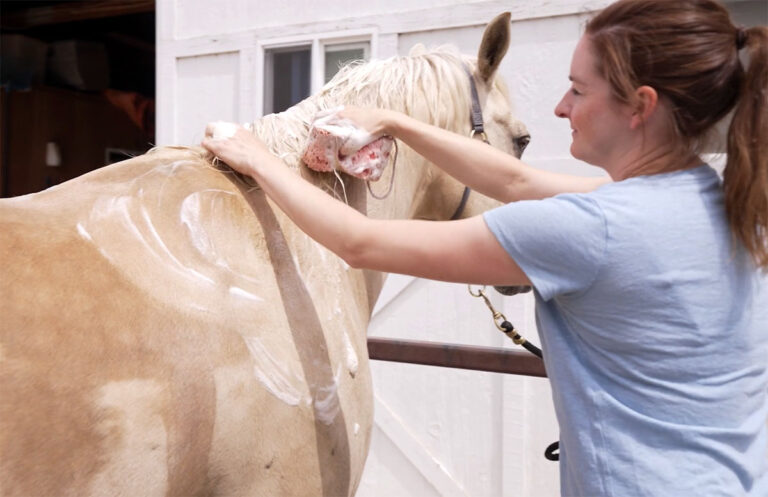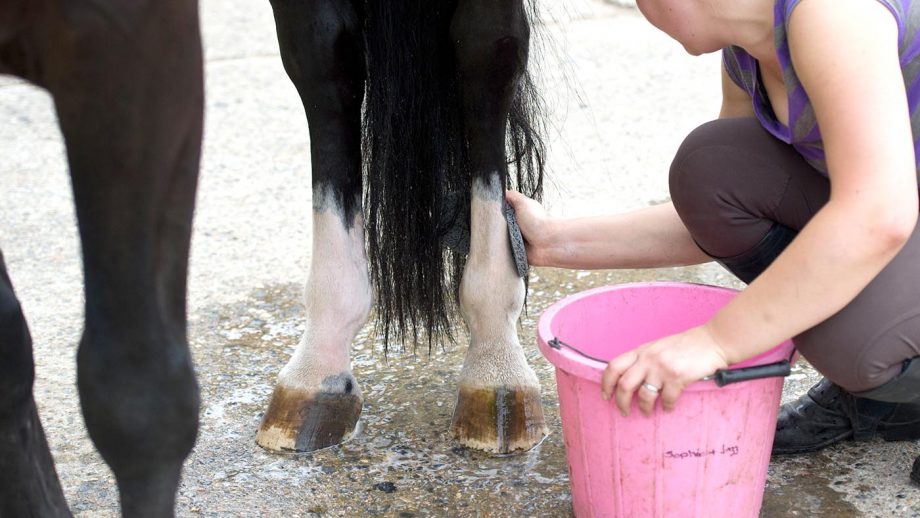The question what kind of horse is a Mustang often stirs curiosity among horse enthusiasts and nature lovers. Mustangs are unique and fascinating creatures, closely associated with the wild, untamed landscapes of North America. But to truly appreciate the beauty and the resilience of the Mustang horse, it’s essential to delve into their background and understand the traits that define them.

The Mustang Heritage
The origins of the Mustang horse can be traced back to the Spanish explorers who brought horses to the Americas in the 16th century. These horses, once they escaped or were released, formed the first population of wild horses on the continent. Today, Mustangs are considered symbols of American history and are often associated with freedom and the pioneering spirit.
Physical Characteristics of Mustangs
Mustangs are known for their hardiness and adaptability to challenging environments. They typically stand between 14 and 15 hands high and weigh around 800 pounds. Due to their mixed heritage, Mustangs can be seen in a variety of colors, including bay, black, and roan.
Size and Build
Though Mustangs are not particularly large, their compact and sturdy builds allow them to navigate rough terrains with ease. They have well-developed muscles that contribute to their endurance and speed.
Color Variations
One of the most striking features of Mustangs is their wide array of colors. Depending on their genetic history, a Mustang’s coat can range from solid colors like bay or black to more complex patterns such as paint or roan.
Mustang Behavior and Social Structure
Mustangs exhibit remarkable social behaviors, often living in herds led by a dominant stallion and mare. These herds provide protection and stability for their members, as well as a structured social setting.
Adaptive Behaviors
Given their desert environments, Mustangs have developed unique behaviors to survive. They travel long distances to find water and food, and they are remarkably resourceful in harsh conditions.
Social Dynamics in Herds
Within a herd, Mustangs demonstrate complex social interactions. Bonds between mares and their foals are particularly strong, and hierarchy is maintained through subtle cues and behaviors.
Habitat and Distribution
Mustangs are primarily found in the western United States, favoring arid and semi-arid climates. Their natural habitat includes open plains, deserts, and mountainous regions.
Current Populations
Efforts to manage Mustang populations vary, and these wild horses are managed by agencies like the Bureau of Land Management (BLM). Population control measures often involve roundups and adoption programs.
Legal Protections
Mustangs enjoy legal protections under the Wild Free-Roaming Horses and Burros Act of 1971, which acknowledges their significance as living symbols of the historical and pioneer spirit of the West.
Mustangs in Equestrian Settings
Outside of their natural habitats, Mustangs have found a place within the equestrian community. They are celebrated for their intelligence, endurance, and versatility in various equestrian disciplines.
Taming and Training
Taming a Mustang requires patience and a deep understanding of their nature. Methods often focus on building trust and respect, eventually leading to the horse’s integration into activities like trail riding and competition.
Adoption Programs
Various organizations offer adoption programs for Mustangs. These initiatives aim to find suitable homes for horses that have been removed from the wild, helping to manage populations while providing these animals with opportunities for a second chance.
Challenges Facing Mustangs
Despite their iconic status, Mustangs face significant challenges, including habitat loss and controversies surrounding land use. Advocates continue to work towards finding humane solutions to these challenges.
Habitat and Resource Management
The balance between maintaining healthy Mustang populations and preserving their habitats is complex. Conflicts often arise between conservation efforts, landowners, and government agencies.
Public and Private Roles in Conservation
Conservation efforts encompass both public policies and private initiatives, striving to ensure that Mustangs can thrive in harmony with other land uses.
Conclusion
The answer to what kind of horse is a Mustang uncovers a rich tapestry of heritage, resilience, and natural beauty. Mustangs continue to captivate the imagination of many, representing both a living history and a vital component of the American landscape. Understanding their past, present, and future is crucial for ensuring these magnificent animals continue to roam freely for generations to come.

FAQ
Q: How did Mustangs originate?
A: Mustangs originated from horses brought to the Americas by Spanish explorers in the 16th century, which later became feral and adapted to the wild.
Q: Where can I see wild Mustangs?
A: Wild Mustangs can primarily be seen in the western United States, especially in states like Nevada, Wyoming, and Montana.
Q: Are Mustangs good for riding?
A: Yes, with proper training, Mustangs are excellent for riding due to their stamina, intelligence, and versatility.







